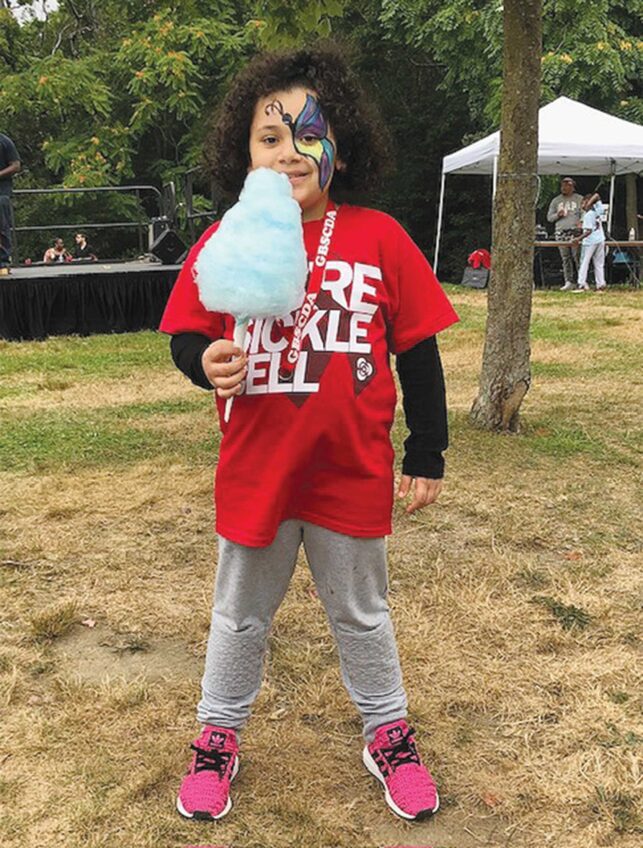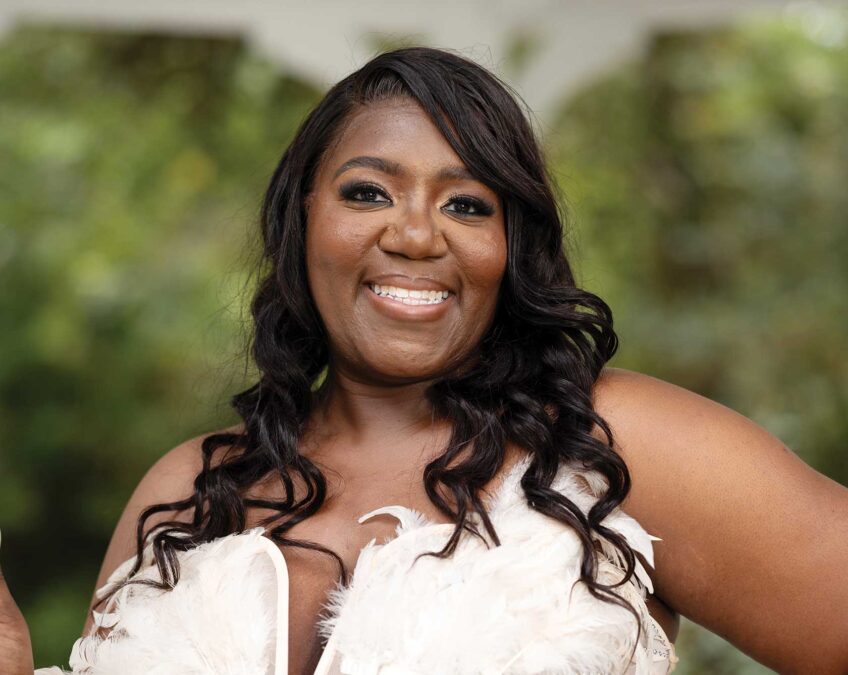Amidst rising rates of diabetes in teenagers, youth are leading a new campaign to combat the social and environmental factors that created the epidemic.
“This campaign is more about the social determinants of the disease,” said Sarah Fine, project director for the Youth Speaks University of California San Francisco (UCSF) Public Health Literacy Project. “We want to change the conversation to what are the social forces exacerbating the epidemic and what can we do to affect change.”
A recent study by the Centers for Disease Control and Prevention, published in the May 21 issue of the Journal of American Academy of Pediatrics, revealed that one in four youth between the ages of 12 and 19 have pre-diabetes, versus one in 11 a decade ago.
Even more alarming is the finding that 50 percent of youth are at a greater risk for developing diabetes within the next five years.
According to the American Diabetes Association, Type 2 diabetes, which is the most common form of the disease, is more prevalent among African Americans, Latinos, Native Americans, Asian Americans, Native Hawaiians and other Pacific Islanders.
Earlier this month, on June 5, was the kickoff of The Bigger Picture, a youth led campaign organized through the San Francisco-based non-profit, Youth Speaks and UCSF’s Center for Vulnerable Populations to raise awareness about the disease.
Youth poets participating in the campaign will go to five high schools in San Francisco and five in Oakland in the fall to conduct writing workshops and encourage other young people to upload a poem or video sharing their story to the campaign’s website as several of the youth poets have already done.
These will be judged, and the winners will receive educational scholarships. Organizers hope that this two-year pilot program will eventually become a national campaign.
After studying environmental science in school and understanding the correlation between food systems and neighborhoods such as his where he grew up, Joshua Merchant, a youth poet from East Oakland, became interested in knowing more about the widespread prevalence of diabetes.
He wrote his poem, “A Product of His Environment,” to, “acknowledge that we want to be healthier people but we need healthier things available to us.”
In his spoken word performance describing the limited food choices available to his 13-year-old friend James, Merchant says, “Because of this twisted food system he’s slaved to, his body is systematically inclined to break down like the buildings that are [broken] down for new shopping centers, forcing his neighbors into homelessness.”
Merchant’s other motivation for becoming involved in the campaign is his father’s struggle with diabetes, as well as a desire to, “raise awareness amongst my community about what’s fed to them — not just food.”
Jose Vadi, another youth poet from Oakland, saw a density map of San Francisco, which showed that diabetes is most prevalent in poor communities.
“That’s not where the farmer’s markets are,” he said.
He went on to describe the lack of food options in his own neighborhood: “I can’t think of a grocery store in West Oakland.”
In Vadi’s spoken word video, “The Corner,” produced as part of the campaign, he says, “We’re standing on the corner between healthy and heart attack, not sure which way to cross.
“On one side, an organic grocery store, the other, deep-fried death. Our bodies pull us away from the produce aisle into value meal heaven, ignoring the question of what part of a chicken is a nugget anyway.”
According to Dr. Dean Schillinger, professor of medicine at UCSF and chief of the Diabetes Prevention and Control Program for the California Department of Public Health, “Diabetes is linked to one station or place in life. People with low income or only high school, education have a five times greater chance of getting Type 2 diabetes.”
The hope for the campaign is that the videos produced by youth will go viral and “consume the internet,” said Vadi.
Vadi, Merchant, and Jade Cho, another youth poet with Youth Speaks, all commented on the ineffectiveness of previous PSA campaigns on such health issues as substance abuse.
“PSA campaigns can be ineffective by putting the blame on you,” said Cho. “We’re focusing on systemic stuff instead of healthy behaviors.”
“We were the generation most hit with the DARE (Drug Abuse Resistance Education) program. It was a failure,” added Vadi.
Being the product of various anti-drug campaigns, which used tactics like frying an egg in a pan and saying “this is your brain on drugs,” made Vadi eager for a campaign made for youth by youth.
“We speak to each other [during the campaign] the way we speak to each other on the train,” he said. “DARE over-exaggerated as a fear tactic and this issue [diabetes] is so inherently scary and terrifying, we can just speak the truth.”
“This campaign is not adults telling us what we should or need to do,” said Merchant. “We think critically about this, we’re aware of our needs, and we want to change.”
New America Media






